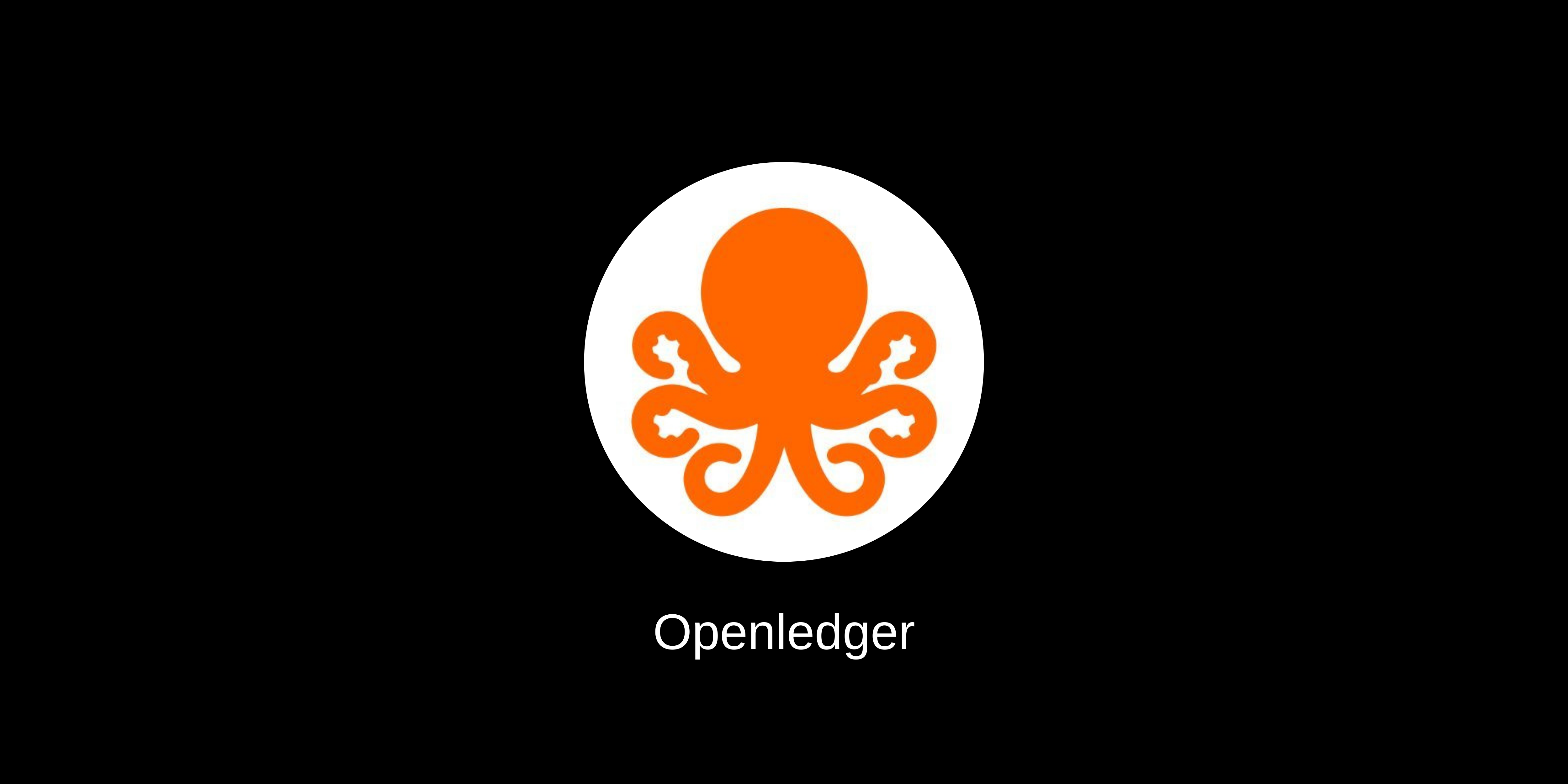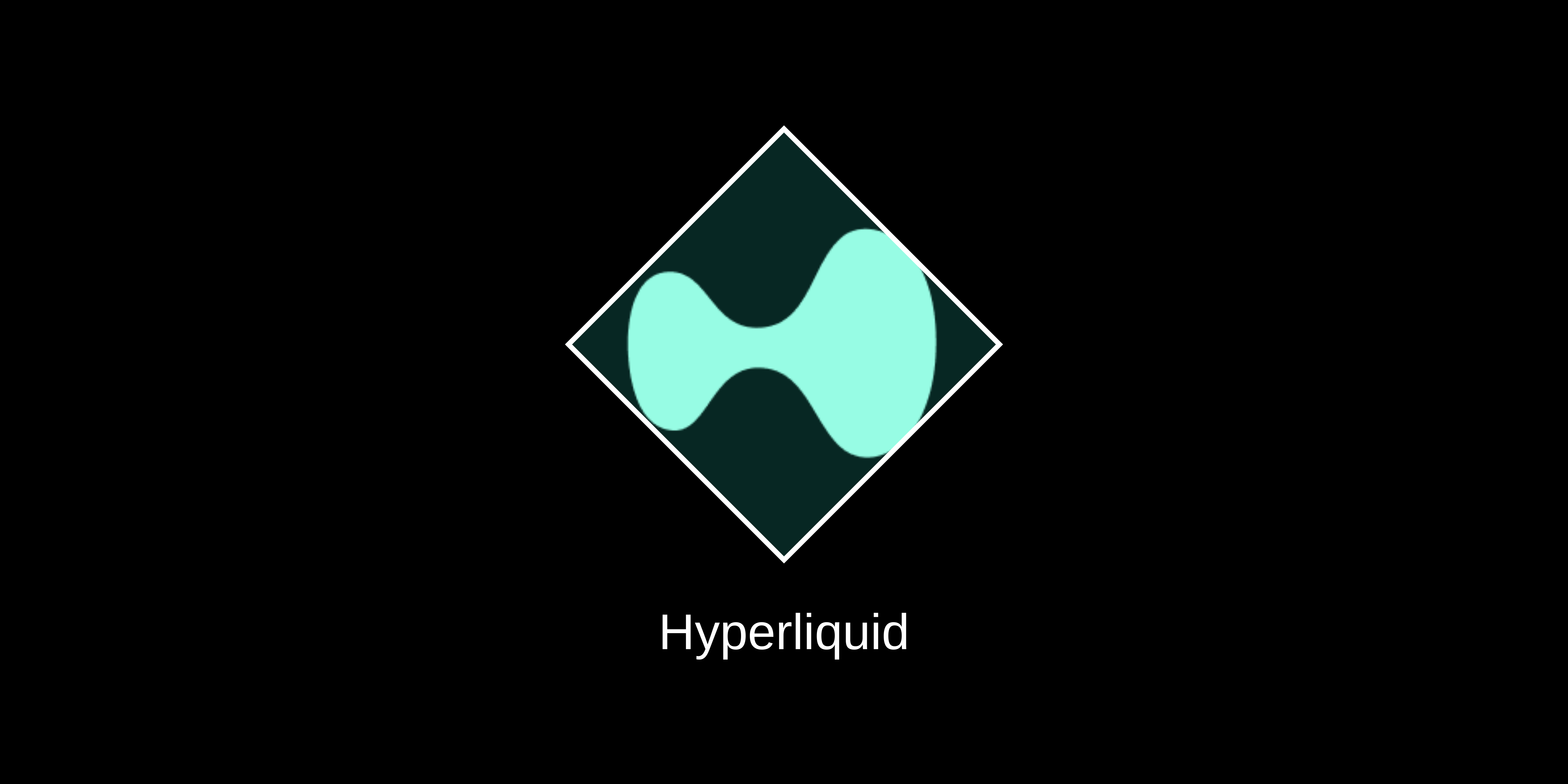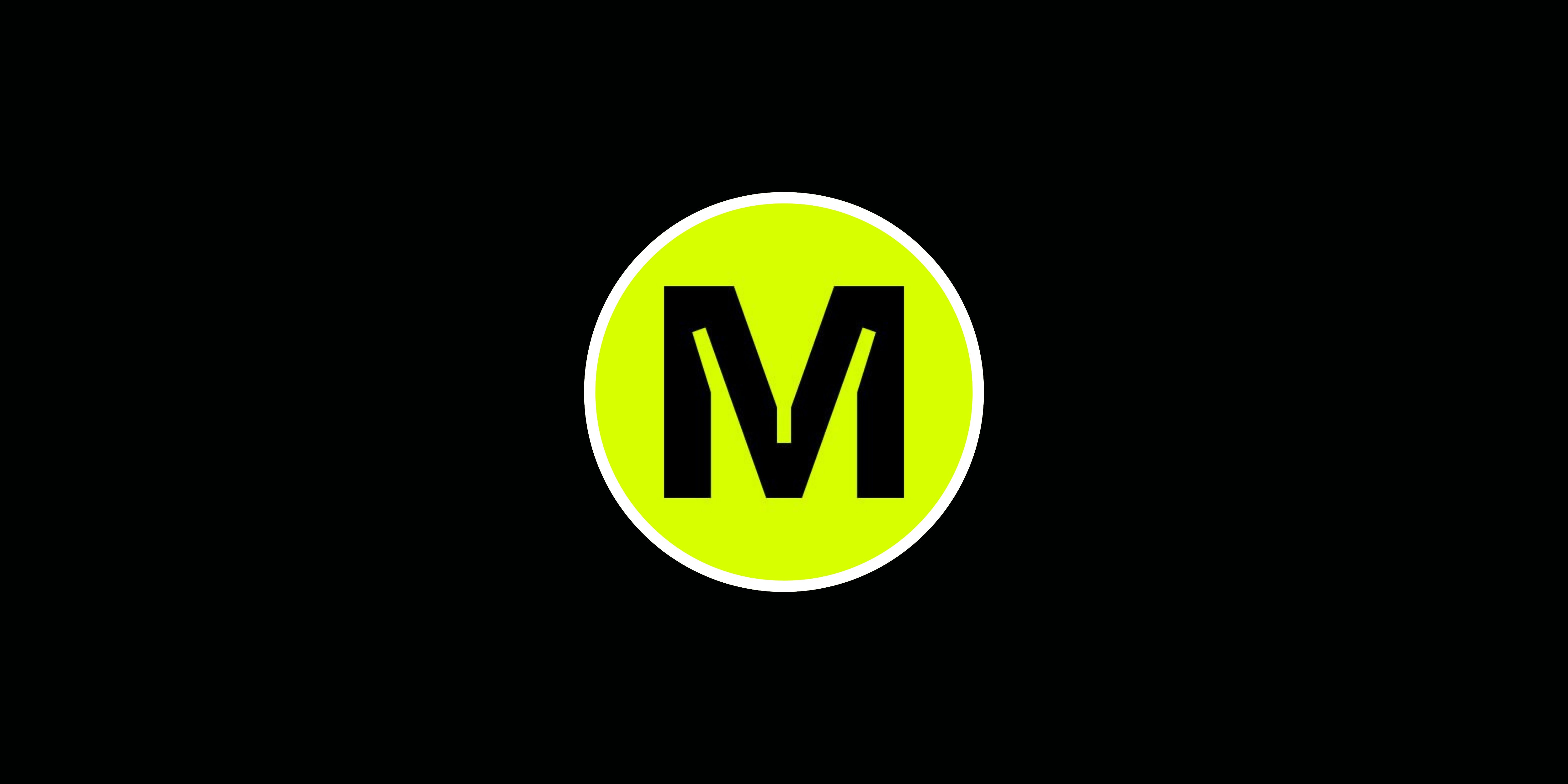Introduction
U2U Chain is a blockchain platform that integrates Directed Acyclic Graph (DAG) technology and the Inter-ledger Protocol (ILP) to deliver a scalable, secure, and interoperable infrastructure for decentralized applications (dApps). It aims to address the limitations of traditional blockchain systems by offering high transaction throughput, low latency, and enhanced privacy and security.
Innovation
U2U Chain’s innovation lies in its unique combination of DAG architecture and ILP for interoperability. The platform introduces the Helios Consensus mechanism, which combines Asynchronous Byzantine Fault Tolerance (aBFT) and Delegated Proof of Stake (DPoS), achieving high scalability and security. The inclusion of Subnets as a decentralized hosting infrastructure further enhances the ecosystem’s capacity to support decentralized applications efficiently.
Architecture
The architecture of U2U Chain revolves around several key components:
- DAG Technology: Enables parallel processing of transactions, reducing latency and increasing throughput.
- Helios Consensus Mechanism: Integrates aBFT and DPoS for fault tolerance and scalability.
- Subnet Infrastructure: Provides a modular framework for resource distribution, optimizing computational power and storage.
- EVM Compatibility: Facilitates seamless migration and development of dApps using Ethereum-compatible tools.
Code Quality
U2U Chain’s codebase emphasizes modularity and security, leveraging modern programming practices and languages such as Rust, Go, and Python. The platform’s implementation of Trusted Execution Environments (TEE) and Fully Homomorphic Encryption (FHE) showcases a commitment to secure and private computation. Rigorous audits and peer reviews will be critical to further validating the robustness and efficiency of the code.
Product Roadmap
U2U Chain has outlined an ambitious roadmap, including:
- Phase 1: Deployment of core DAG and ILP functionalities.
- Phase 2: Expansion of Subnet infrastructure and optimization of resource allocation.
- Phase 3: Introduction of advanced DeFi features and enhanced interoperability.
- Phase 4: Full integration of IoT support and real-time micropayments.
Usability
The platform supports EVM-compatible smart contracts, making it accessible to developers familiar with Ethereum-based ecosystems. With available SDKs in multiple programming languages (JavaScript, Python, Rust, Swift), U2U Chain offers a flexible development environment. Its integration with popular wallets and development tools enhances usability and adoption potential.
Team
The U2U Chain team comprises experienced blockchain engineers, cryptographers, and industry professionals. Their collective expertise in DAG technology, cryptographic security, and distributed systems provides confidence in the platform’s development and strategic direction.
Conclusion
U2U Chain presents a compelling solution for scalability, interoperability, and privacy within the blockchain space. Its innovative approach, combining DAG, ILP, and a robust consensus mechanism, positions it as a strong contender in the evolving landscape of decentralized applications. However, continued transparency, thorough security audits, and real-world adoption will be essential to realizing its full potential.
| Initial Screening | |||
| Keep researching | |||
| Does this project need to use blockchain technology? | Yes | ||
| Can this project be realized? | Yes | ||
| Is there a viable use case for this project? | Yes | ||
| Is the project protected from commonly known attacks? | Yes | ||
| Are there no careless errors in the whitepaper? | Yes | ||
| Project Technology Score | |||
| Description | Scorecard | ||
| Innovation (Out Of 11) | 9 | ||
| How have similar projects performed? | Medium | 1 | |
| Are there too many innovations? | Medium | 1 | |
| Percentage of crypto users that will use the project? | Over 11% | 5 | |
| Is the project unique? | Yes | 2 | |
| Architecture (Out of 12) | 8 | ||
| Overall feeling after reading whitepaper? | Medium | 1 | |
| Resistance to possible attacks? | Good | 2 | |
| Complexity of the architecture? | Not too complex | 2 | |
| Time taken to understand the architecture? | 20-50 min | 1 | |
| Overall feeling about the architecture after deeper research? | Medium | 2 | |
| Has the project been hacked? | No | 0 | |
| Code Quality (out of 15) | 13 | ||
| Is the project open source? | Yes | 2 | |
| Does the project use good code like C,C++, Rust, Erlang, Ruby, etc? | Yes | 2 | |
| Could the project use better programming languages? | No | 0 | |
| Github number of lines? | More than 10K | 1 | |
| Github commits per month? | Less than 10 | 2 | |
| What is the quality of the code? | Good | 2 | |
| How well is the code commented? | Outstanding | 2 | |
| Overall quality of the test coverage? | Good | 1 | |
| Overall quality of the maintainability index? | Good | 1 | |
| When Mainnet (out of 5) | 5 | ||
| When does the mainnet come out? | Mainnet | 5 | |
| Usability for Infrastructure Projects (out of 5) | 5 | ||
| Is it easy to use for the end customer? | Yes | 5 | |
| Team (out of 7) | 5 | ||
| Number of active developers? | 5+ | 2 | |
| Developers average Git Background? | Intermediate | 1 | |
| Developers coding style? | solid | 2 | |
| Total Score (out of 55) | 45 | ||
| Percentage Score | |||
| Innovation | 16.36% | ||
| Architecture | 14.55% | ||
| Code Quality | 23.64% | ||
| Mainnet | 9.09% | ||
| Usability | 9.09% | ||
| Team | 9.09% | ||
| Total | 81.82% |





